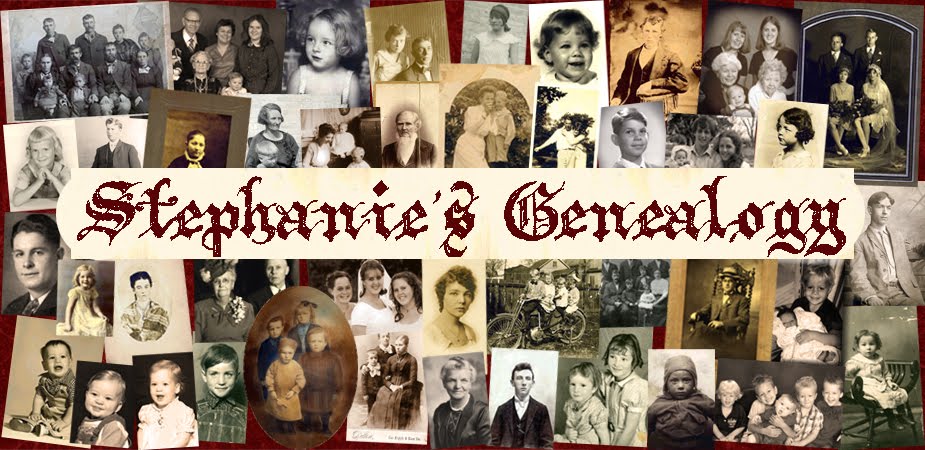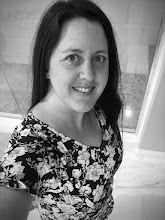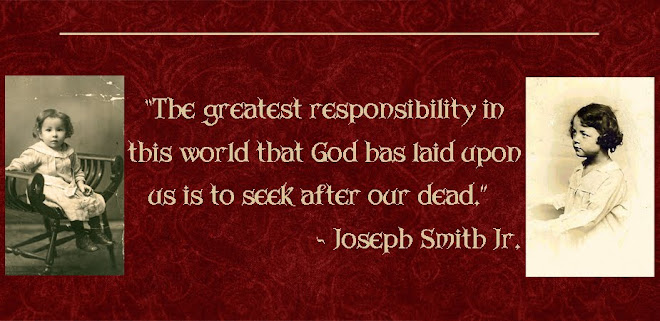“. . . Then we drove further, about half an hour through a heavily wooded area on a very windy road (I'm very glad I didn't get motion sick, I was worried there for a while).
 |
| The road to Graslitz |
We have a whole list of houses for Graslitz, now Kraslice, a larger town in beautiful huge pine forests in the mountains where they used to manufacture musical instruments, but now the factories are all empty and Stanislav told us most people have to go elsewhere to work and unemployment is high. We had lots of Breinl and Dotzauer ancestors there, and then a few others: Keilwerth, Mayer, Meinl, and Spohr that I had on my list.
 |
| The town of Graslitz (now Kraslice) |
 |
| An abandoned factory in Graslitz |
 |
| A vacant old hotel in Graslitz. My mom and I joked that we want to buy and restore this old hotel -- just look at those cool statues lining the facade. |
The Graslitz family houses that we know of are 80, 262, 306,
316, 322, 375, 383, 391, 501, 522, & 587. . . .
Here’s what we know so far about the ancestors who lived in
those houses:
Graslitz No. 80
was the birth place of my 4th great grandfather, Freidrich
Breinl.
Graslitz No. 262
was the residence of Gottfried Wenzl Dotzauer, my 5th great
grandfather. It was also the residence of
Rosalia Theresia Dotzauer, Gottfried’s sister.
Graslitz No. 306
was the home of Amalia Dotzauer Breinl, my 4th great grandmother,
and of her mother, Katharina Mayer Dotzauer (Gottfreid’s wife).
Anton Breinl, a son of Freidrich Breinl and Amalia Dotzauer,
lived in Graslitz No. 316.
Graslitz No. 322 or
522 was the birth place of Amalia Dotzauer, and was the home of Amalia and
her husband, Friedrich Breinl.
Anton Breinl (son of Freidrich Breinl and Amalia Dotzauer)
lived in Graslitz No. 375, and so did
his daughter, Emilie Amalia Breinl.
Graslitz No. 383
was the home of Gottfried Wenzl Dotzauer and his wife Katharina Mayer, and also
of their daughter Amalia Dotzauer.
Graslitz No. 391
was the home of Friedrich Breinl. No.
391 was also the birthplace of his daughter, Ludmilla Breinl, my 3rd
great grandmother.
Anna Elisabetha Spohr, the sister of my 2nd great
grandfather Ludwig Spohr, lived in Graslitz
No. 501.
And Graslitz No. 587
was the residence of Rosalia Dotzauer, the wife of Ignaz Stohwasser (Rasalia
& Ignaz’s daughter, Rosalie Stohwasser, married Aloys Breinl. Rosalie &
Aloys’s son was my ancestor, Friedrich Breinl.
Not sure yet how Rosalia Dotzauer Stohwasser may have been related to
the Dotzauer side of our family).
 | |
|
The thing that was different about Graslitz from all the other little towns we've seen so far is that it had new sets of numbers starting over on each street, even for the old original house numbers. The other towns just had one of each old house number in the whole town. So how are you supposed to know which house it is, even if you find one there? There are no street names in the old records we've been finding for Graslitz, just like the other towns, so I guess we have to figure that out. We didn't find any other possibilities for those other houses there either.
We did get to go to the church in Graslitz where Ludmilla Breinl & Karl Spohr were married (they were the parents of Ludwig, who came to America at age 14). The church is cool, with horizontal light yellow and white stripes all around the outside, and we could see inside the locked gate at the church door to see the painted walls and ceilings.
 |
| The church in Graslitz |
 |
| I just loved all the cool doors in the Czech Republic! |
 |
| Just look at those ceilings! |
 |
| A sign telling when construction began and ended on the current church building. |
We saw a few handwritten pages and some historical pictures posted at the church, and Stanislav said the church was rebuilt like that from the previous falling down Catholic Church that used to stand there (so the earlier church would have been where they were married), because it was rebuilt from 1893 to 1896.
 |
| The original old church on the left, and the new church on the right. |
 |
| It would be interested to have these pages translated to we can read what they have to say about the history of the church. |
Then we asked around until we found the cemetery up on a hill, and we spent quite a while there and didn't even see a quarter of the headstones. There were Czech ones and older German ones, and there were lots with family names: Kohl, Fischer, Breinl, Stowasser, Kohler, and more.
 |
| The Graslitz cemetery. Pictured here are just a few of the headstones with family names that we need to figure out exactly how we are related. |
And in the back there are piles of old stones all stacked together with moss growing over them. I climbed up on the overgrown piles to see if any names were visible on the piled up stones, and only two were facing up and I think only one of those had a family surname on it. Unfortunately my camera battery ran out, and Mom's battery had already run out, so we couldn't photograph the last few family name headstones we saw.
 |
| The overgrown pile of headstones at the back of the cemetery. |
 |
| Searching through the pile of headstones. |
On the drive back we passed through the edge of Bleistadt, now called Olavi, a small town not too far down the road from Graslitz. Friedrich Breinl and his wife lived there at one time, but I didn't have a house number for that town written on my list, and we just drove through without stopping.
Last we stopped at Elbogen, now called Loket. Elbogen means “elbow” and it's where there's a big curve in the river around this town with a castle. We don't have ancestors in the town of Elbogen that we know of, but some were within the larger Elbogen district. We hadn't planned to stop there, Stanislav just offered to. We went in and pretty quickly left, but it was a colorful little medieval town with a very old looking castle that was built right around a large rock outcropping. There was a wine festival going on inside the castle and it was so crowded you could hardly get around. Stanislav had to beg the guy to let us just go in and take a quick look at the castle without having to pay to get in for the wine festival.
 |
| Elbogen (now called Loket) |
 |
| Mom with Dr. Stanislav Boracovic |
 |
| The Loket castle |
Then we drove back and stopped again in Putschirn where Stanislav's sister, Rose, lives and she had us for coffee (although she was very surprised that we didn't want coffee, tea, wine, or cola). We just asked for water, and she brought out a large water bottle and poured it for us and it was carbonated water. All the water in Europe is carbonated unless you ask for "still water." I don't care for the carbonated stuff – maybe it’d be ok if you were used to having it all the time. I don't think they drink a lot of water here like we do at home. Oh and she fed us mushrooms she had picked in the woods. They were very good. Stanislav told us Czechs love mushrooms and 95% of them pick their own mushrooms in the woods here. Cool, huh?
Well, that was a nice tour today, and we didn't have any trouble understanding him, and we could almost always figure out what each other was trying to say. Then tonight we had traditional Czech or German food (not sure which) at a place near the hotel in Karlsbad, and I actually like sour krout, and the similar dish of red cabbage, when they are made here, and not something actually sour out of a jar in the U.S. :)
Well, tomorrow we will go to that church in the morning. . . . Can't wait!”





















No comments:
Post a Comment